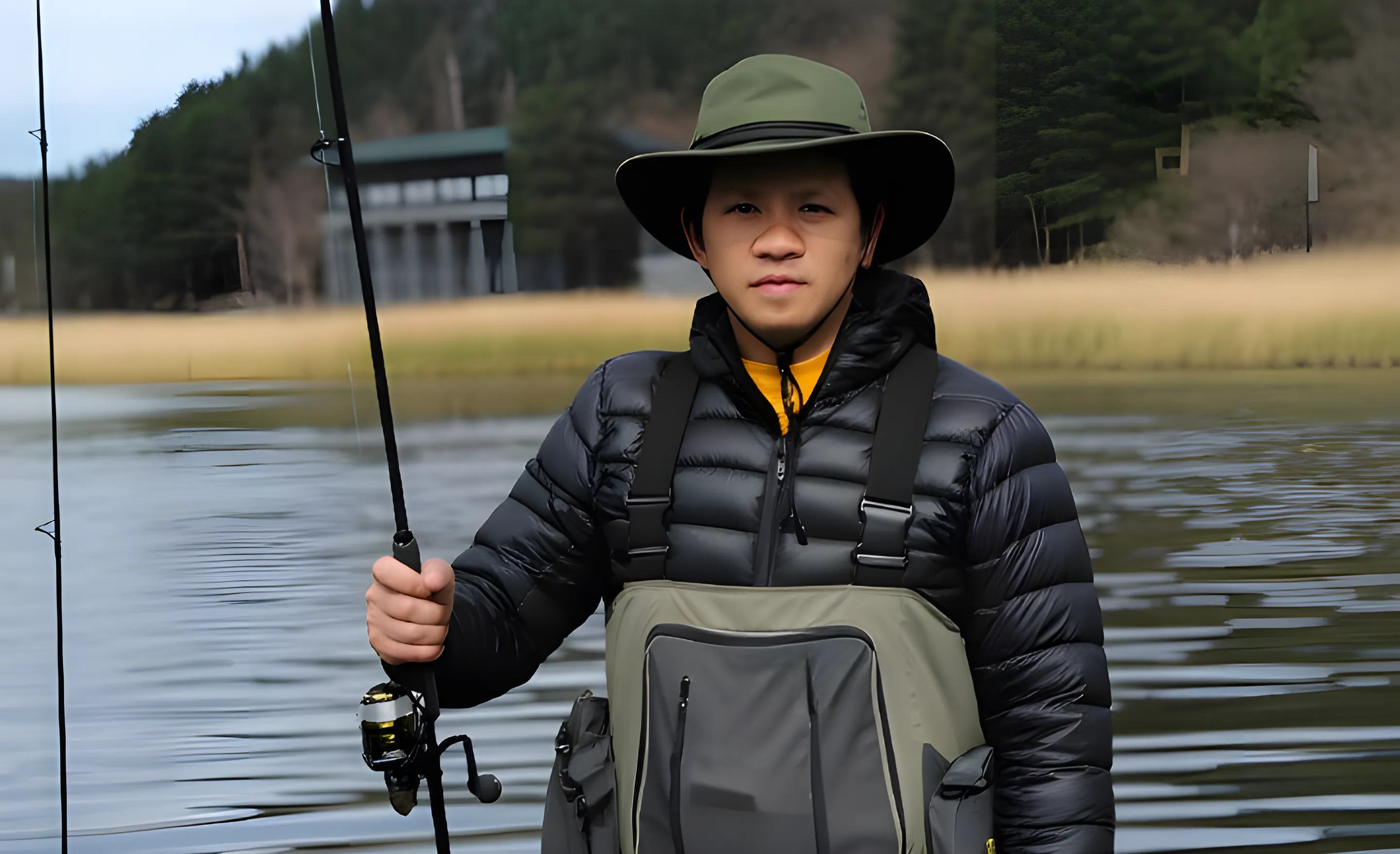Carolina Rig vs Texas Rig: What Every Bass Angler Should Know

For any serious bass angler, there are two workhorse setups that absolutely must have a place in your tackle box, and knowing when to use each one is what separates a good day from a great one. This brings us to the classic Carolina rig vs Texas rig debate, and here at riversiderelics.com, we believe the answer isn’t about picking a winner-it’s about understanding the right tool for the job. This definitive guide will break down everything you need to know based on years of real-world experience, moving beyond the basics to dive into the strategic details of components, action, and the exact situations where each rig shines, giving you the confidence to make the right choice every time you cast a line.
What’s Inside Each Rig? A Breakdown of Components
To really understand the Carolina rig vs Texas rig matchup, you have to know what makes each rig tick. As someone who’s spent years tweaking both setups, I’ve learned that the details in their components make a huge difference.
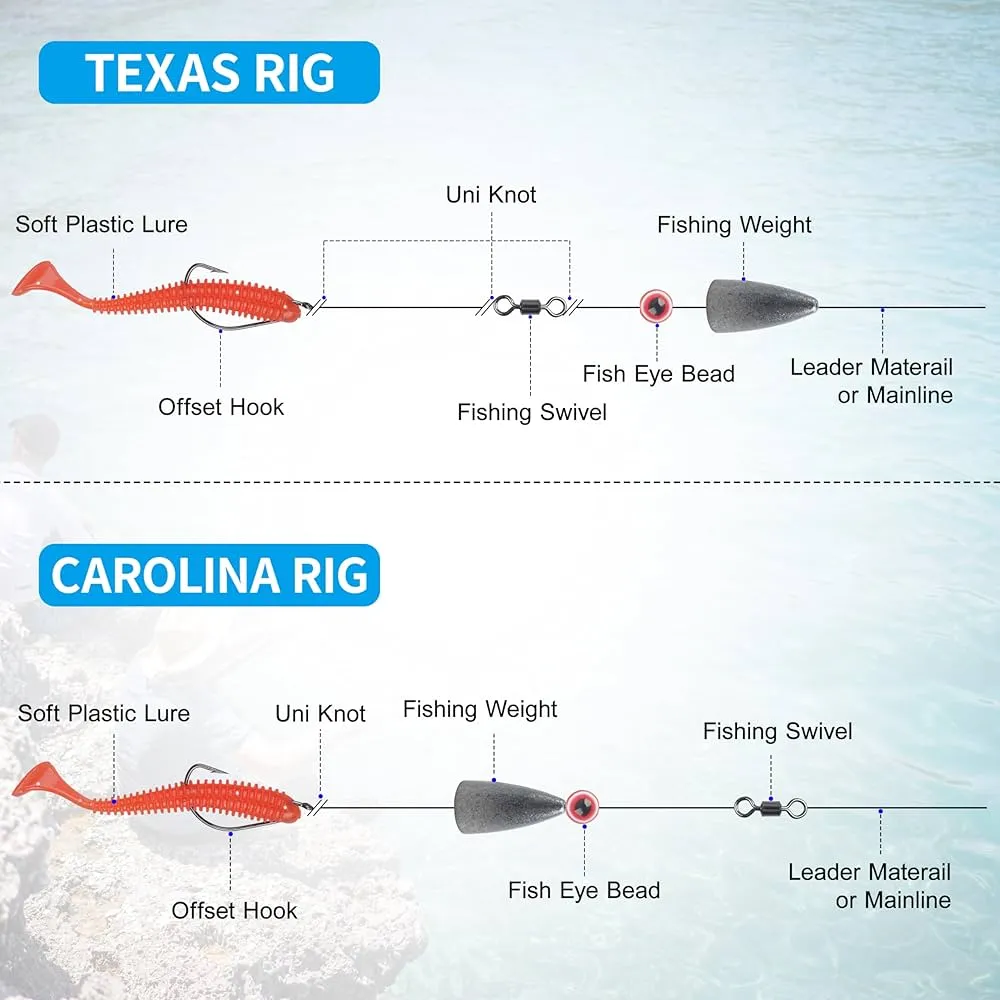
The Texas Rig
Simple, compact, and perfectly streamlined. The Texas rig is the ultimate tool for fishing in and around heavy cover.
Its core setup includes a bullet-shaped weight, an offset worm hook, and your choice of soft plastic bait. The key is its weedless design, and if you want a step-by-step visual guide, our post on how to rig a Texas rig for bass breaks it down completely. I always bury the hook point back into the plastic, which lets me fish through grass, wood, and heavy brush without snagging.
When I’m flipping into tight spots or skipping under docks, this rig is my best friend.
The Carolina Rig
The Carolina rig is a bit more complex but is an incredibly effective system for open water or deep structure.
It starts with a heavier weight—typically a ½ to 1-ounce egg or barrel sinker-threaded onto your mainline. This is followed by a plastic or glass bead and a barrel swivel. The bead protects your knot from the weight and adds a subtle "clacking" sound that can attract curious bass.
Then comes the leader, usually 12 to 24 inches of fluorocarbon or monofilament line. At the end of the leader is your hook and soft plastic bait. This separation between the weight and the bait is the magic of the Carolina rig, giving your lure unparalleled freedom of movement.
Head-to-Head: Action, Depth, and Cover
When comparing the Carolina rig vs Texas rig, the differences in action, depth control, and handling cover are what will dictate your success on the water.
Action
The Carolina rig offers a natural, sweeping motion. Since the bait trails behind the weight on a leader, it lifts, drifts, and glides with even the slightest movement. This is ideal when bass are finicky or feeding just off the bottom. For extremely pressured fisFor extremely pressured fish, other finesse approaches can be game-changers. Learning how to fish a drop shot rig for vertical presentations, using the subtle how to fish a ned rig in grass, or even mastering the tantalizing fall of how to fish a wacky rig are all excellent choices.
By contrast, the Texas rig delivers a tighter, more vertical presentation. It’s perfect for hopping, dragging, or "punching" a bait through cover. I use the Texas rig to mimic crawfish or make short, precise hops near specific targets.
Depth Control
The Carolina rig is built for deeper water. It excels at probing ledges, humps, and drop-offs in 10 to 30 feet of water or more. Its heavy weight gets it down quickly and keeps it there.
The Texas rig is my shallow-water specialist. Whether I’m working shoreline cover in two feet of water or a brush pile in ten, the ability to quickly change weight size gives me precise control in a variety of depths.
Cover Handling
This is where the Texas rig is the undisputed champion. Because the hook point is buried in the plastic, I can toss it confidently into the thickest vegetation. For another innovative way to penetrate heavy cover while keeping the bait just above the bottom debris, many anglers are now using Tokyo rig fishing.
The Carolina rig, with its exposed leader and separate components, can get hung up more easily in heavy cover. I use it most effectively in open water, on sparse bottoms, or along clean structural edges.
When to Use Each Rig: A Seasonal & Situational Guide
The Carolina rig vs Texas rig decision often comes down to reading the season, structure, and fish behavior. Here’s how I let the conditions tell me which one to tie on.
Spring (Spawn & Post-Spawn)
Bass are shallow and holding tight to cover. The Texas rig is my go-to. It’s perfect for flipping into spawning beds, pitching under bushes, or working brush piles. Its compact, weedless profile allows for pinpoint accuracy. Rig it with one of the best bass lures for spring fishing for maximum effect.
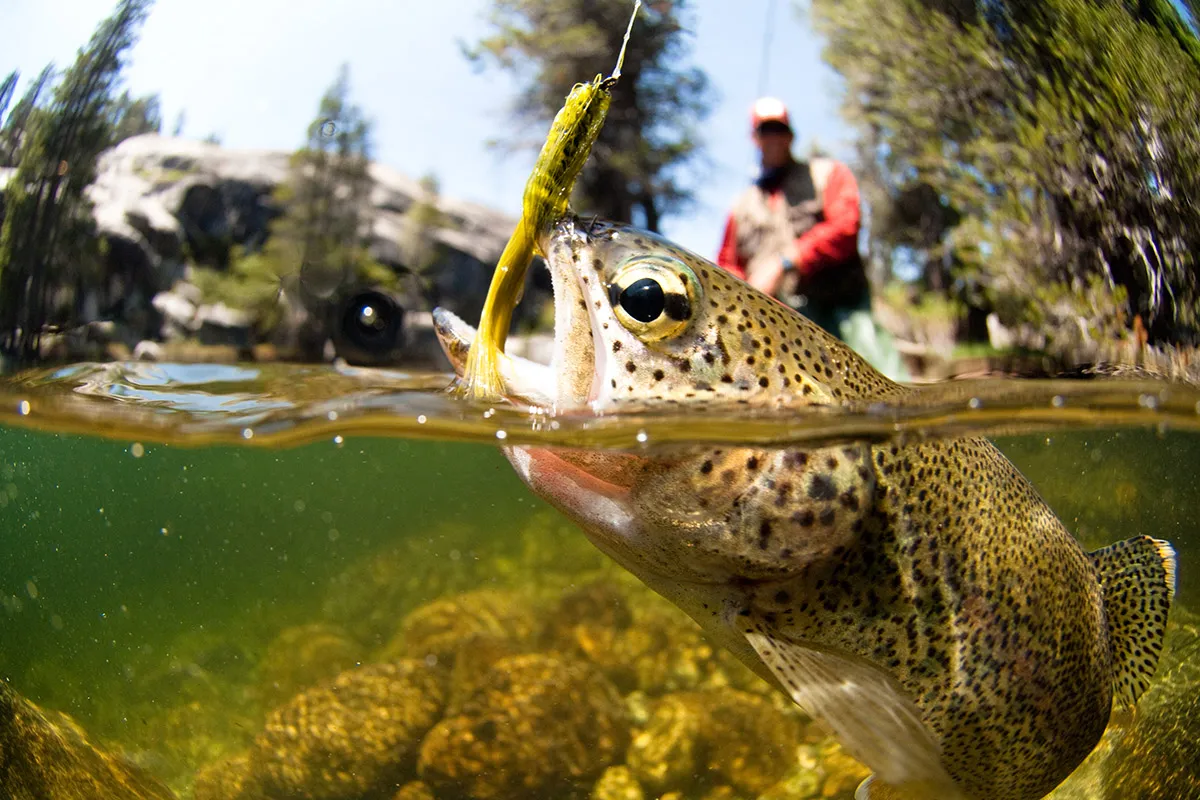
Summer (Deep Water Patterns)
As bass move to deeper offshore structure, the Carolina rig truly shines. I use it to efficiently probe offshore humps, ledges, and points. The long leader allows the bait to glide enticingly, especially when paired with one of the best fishing lures for bass in summer. While dragging rigs is a primary pattern, don't forget about explosive morning bites using proven topwater frog fishing techniques.
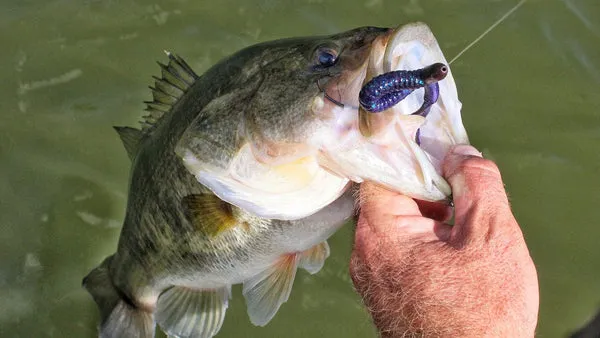
Fall (Transition Time)
In fall, bass are aggressive and chasing baitfish. I use both rigs. If I’m working deeper flats or channel swings, I'll drag a Carolina rig with one of the best fall bass fishing lures. If I find bass holding on shallow grass edges or wood cover, I’ll flip a heavy Texas rig to get their attention.
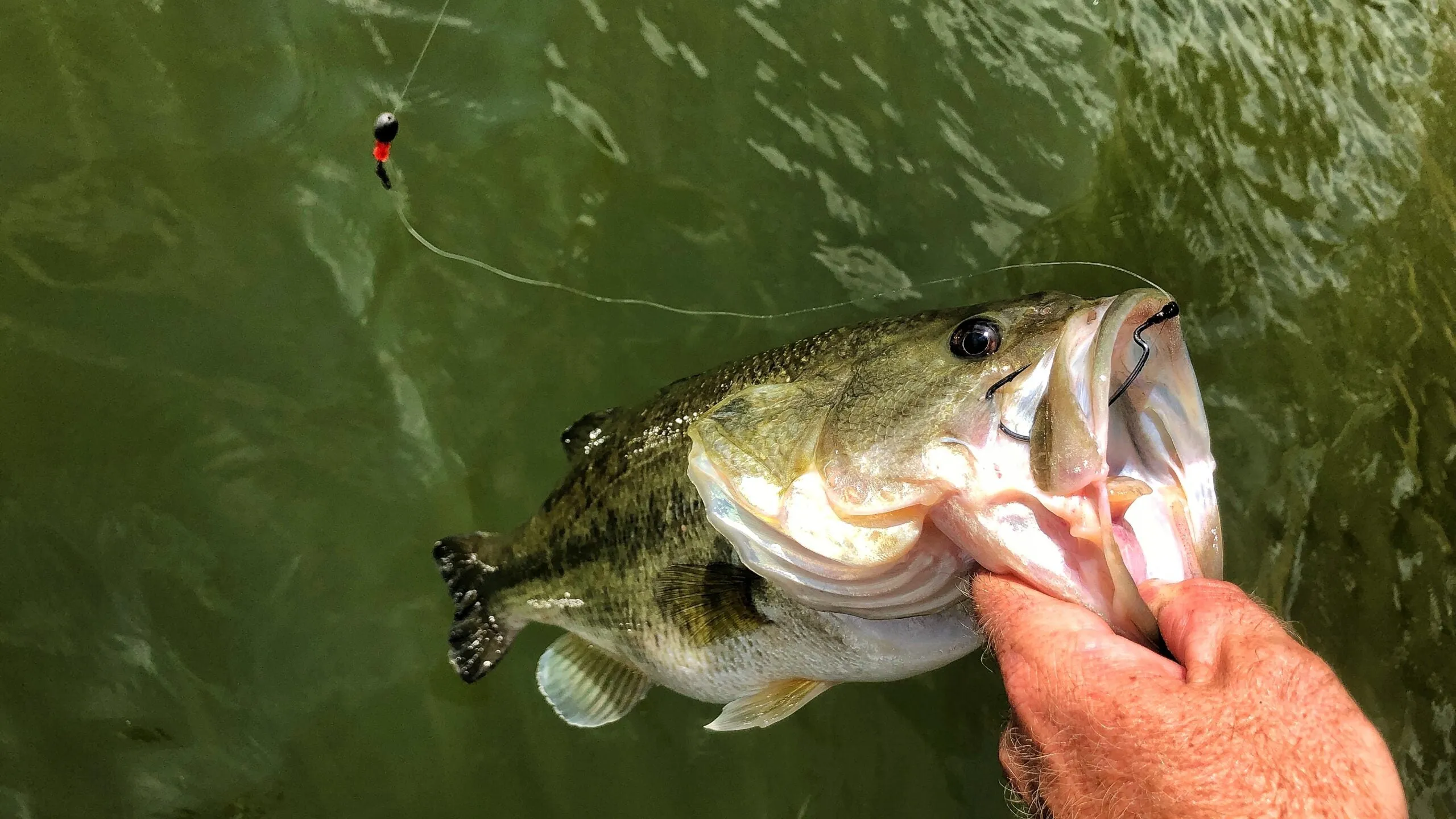
Winter (Slow & Low)
Winter is all about slowing down. I typically switch back to a finesse-style Texas rig with a light weight and one of our recommended winter bass fishing lures. The direct contact gives me better sensitivity for feeling those subtle cold-water bites.
Printable Comparison Chart + Setup Checklists
Here’s a quick-reference chart and the checklists I use when rigging up. Mastering these two is fundamental, but they are just two of the best bass fishing rigs you can learn; exploring the full array will truly level up your angling.
Carolina Rig vs Texas Rig: Quick Comparison
Setup Checklists
Texas Rig Checklist:
1. Bullet weight (1/8–1 oz)
2. Peg (optional, for punching heavy cover)
3. Offset worm hook (3/0 to 5/0)
4. Soft plastic bait
5. Bait rigged perfectly straight and weedless
Carolina Rig Checklist:
1. Egg or barrel weight (1/2–1.5 oz)
2. Plastic or glass bead
3. Barrel swivel
4. Leader line (10-15lb fluorocarbon, 12-24 inches)
5. Hook (offset or straight shank)
6. Floating or buoyant soft plastic bait
FAQs
Conclusion
So, the next time you're rigging up, the choice should feel less like a guess and more like a strategy. We've covered the components, the unique actions, and the ideal scenarios for both setups, and ultimately, the Carolina rig vs Texas rig discussion ends when you stop asking "which is better?" and start asking "what do the conditions tell me to do?". By truly understanding the stealthy power of the Texas rig and the deep-water finesse of the Carolina rig, you've become a more versatile and effective angler with the knowledge to dissect any body of water you face. Take that knowledge, trust your instincts, and get ready to set the hook.
Aviv Nguyen is a passionate fisherman who loves sharing stories and tips from his fishing adventures. Whether it’s freshwater or sea, he finds joy in every cast and aims to inspire others to enjoy the great outdoors through fishing.
Share This Post With Friends

